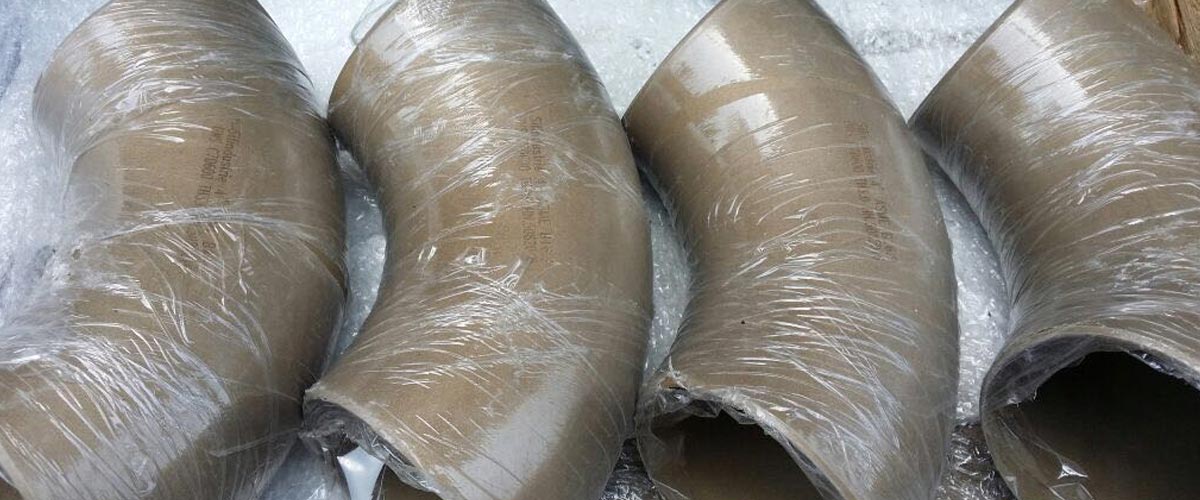The flange, also known as a plate because of its shape, is a piece whose function is to join one tube to another in pipe systems. In the same way, it is also used to connect two different tubular devices (tubes to valves, or tubes to equipment).There are many SS Pipe Fittings manufacturers in India. Types of flanges:

- Flanges welding neck flange: These flanges are famous by their long conical neck, their end is butt welded with the corresponding tube. The inner diameter of the tube is the same as that of the flange. This characteristic of wp11 fittings provides a practically constant section duct, with no possibility of producing turbulence in the gases or liquids that circulate through it. The long neck and the smooth transition of the thickness of the same, give this type of flanges. It is used for severe work, where high pressures act.
- Sliding flanges (slip-on): In this type of flanges, the tube penetrates the cube of the same without reaching the plane of the contact face, to which it is joined by means of internal and external weld seams. It can be considered as simpler than the neck flange, due to the lower precision of the tube length and greater ease of position. Its mechanical conditions to resistance and fatigue are generally good, but somewhat lower than neck flanges.
- Blind flanges: They are intended to close pipe ends, valves or container openings, subject to various working pressures. From the technical point of view, this type of wp22 fittings is the one that withstands the most severe working conditions. In the terminals, where the temperature is a work factor or acts variant or cyclic, it is advisable to make the closures by coupling flanges with neck and blinds.
- Threaded flanges: Although they have the characteristic of not carrying welding - which allows quick and easy assembly. It is used for special applications (for example, in pipes where there are high pressures and ambient temperature). It is not convenient to use them in ducts where there are considerable variations in temperature.
How carbon steel flanges work
Forged flanges are generally less carbon free than molten flanges. They are not easy to oxidize. They are smooth, the structure is relatively compact and the mechanical properties of the molten flange are superior. Improper forging processes can also result in large or uneven grains; hardening cracking and forging is higher than the casting flange.
In the carbon steel flanges, the forging flange has a certain operating principle, according to the production process. The production process and the use of the carbon steel flange have a certain operating principle. Its principle operating is to use the insulation performance of the carbon steel flange insulation gasket. Heavy duty carbon steel flange insulation, carbon steel flanges for both sides of the factory electrical insulation flange. Mary Iron and galvanized pipes are commonly used (canned) than steel, which is stronger than iron. Low carbon steel from Stainless Steel Flanges Manufacturers In India is used for processes, such as processing forged carbon steel flanges, welding and cutting, rivets, bolts, axle fabrication, such as low carbon steel flanges.